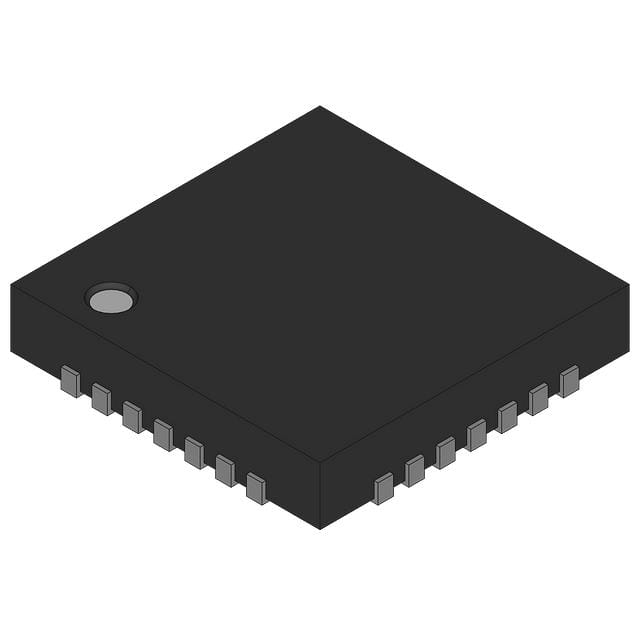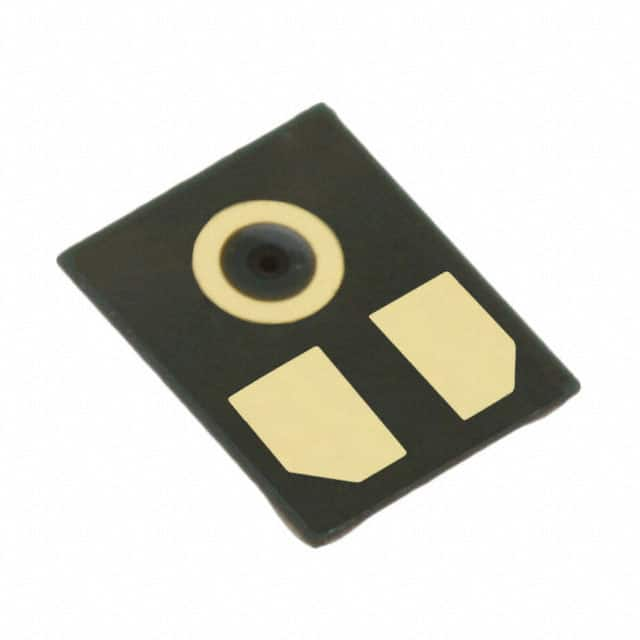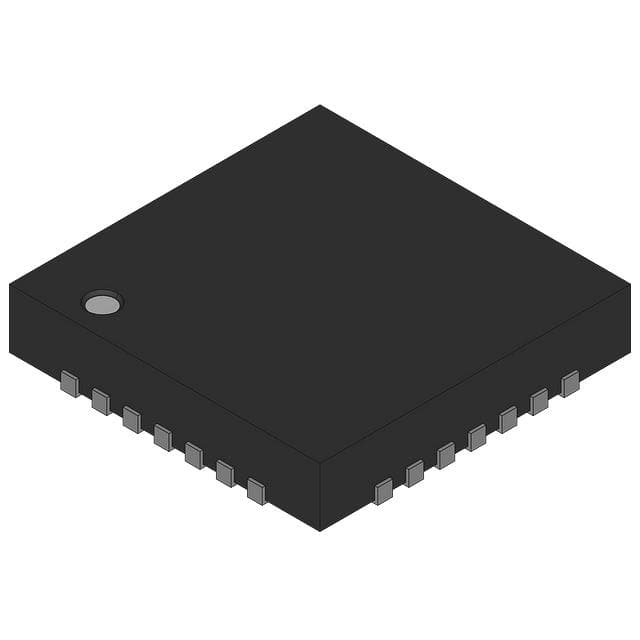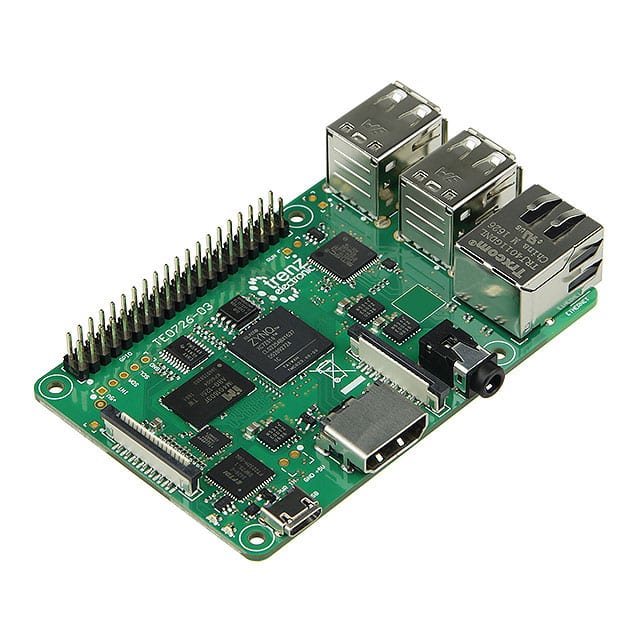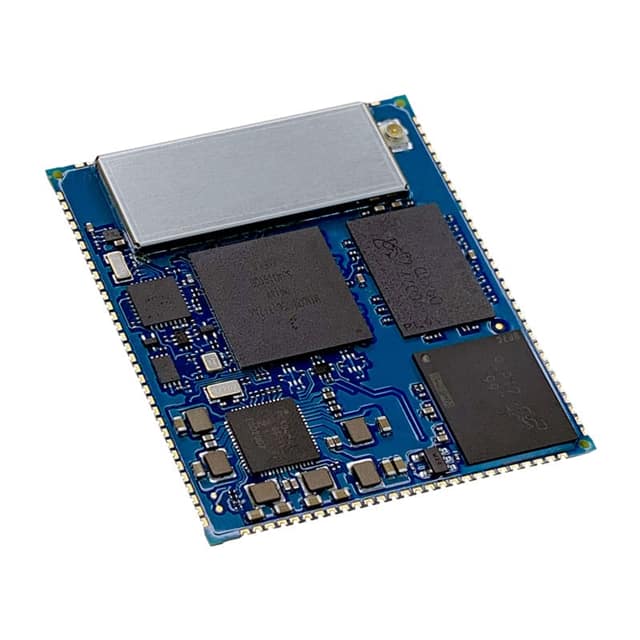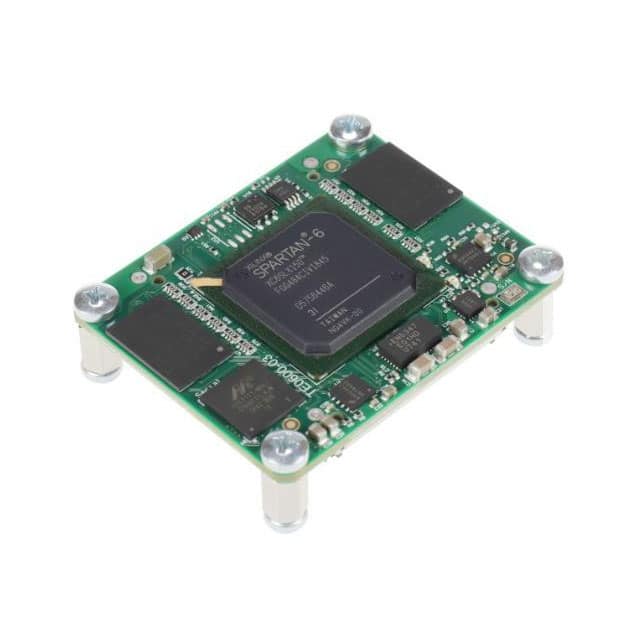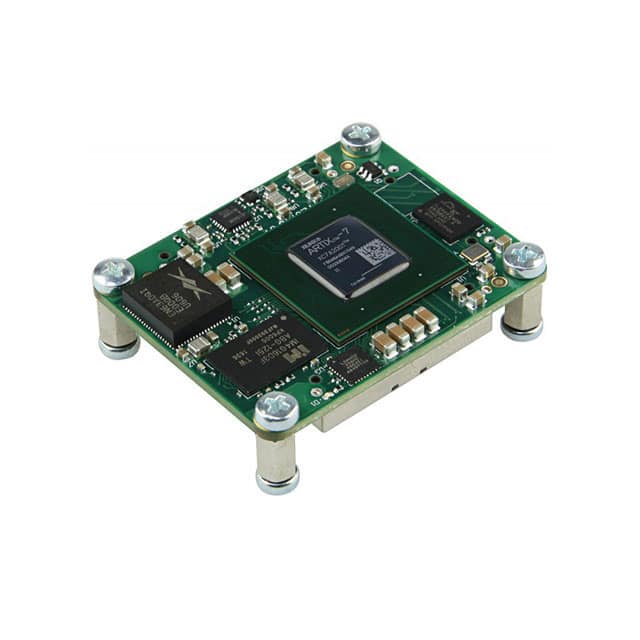Rochester Electronics MCIMX6U5DVM10AB especificações técnicas, atributos, parâmetros.
Category:Integrated Circuits (ICs)/Microcontroller, Microprocessor, FPGA Modules
製品ステータス:Not For New Designs
動作温度:0°C ~ 95°C (TJ)
パッケージ/ケース:624-LFBGA
サプライヤーデバイスパッケージ:624-MAPBGA (21x21)
電圧 - I/ O:1.8V, 2.5V, 2.8V, 3.3V
スピード:1.0GHz
コアプロセッサ:ARM® Cortex®-A9
コア数/バス幅:2 Core, 32-Bit
コプロセッサ/ D S P:Multimedia; NEON™ SIMD
R A M コントローラ:LPDDR2, LVDDR3, DDR3
グラフィックアクセラレーション:Yes
ディスプレイおよびインターフェース コントローラー:Keypad, LCD
イーサネット:10/100/1000Mbps (1)
S A T A:-
U S B:USB 2.0 + PHY (4)
セキュリティ機能:ARM TZ, Boot Security, Cryptography, RTIC, Secure Fusebox, Secure JTAG, Secure Memory, Secure RTC, Tamper Detection
EU RoHS ステータス:RoHS Compliant
REACH規則:Vendor is not defined
輸出規制分類番号:Provided as per user requirements
中国の RoHS ステータス:Green Symbol: Green and environmentally friendly product
Rochester Electronics MCIMX6U5DVM10AB Detalhes
The NXP Semiconductors MCIMX6U5DVM10AB is part of the i.MX 6 series of application processors. This particular variant features a dual-core ARM Cortex-A9 architecture and is designed for high-performance applications. It incorporates advanced multimedia capabilities, exceptional processing power, and extensive connectivity options, making it suitable for various embedded systems.
Functions
1. Processing Power: Dual-core ARM Cortex-A9 with clock speeds up to 1 GHz, providing high computational performance.
2. Graphics Processing: Integrated 2D/3D graphics acceleration supports rich graphical interfaces and multimedia applications.
3. Connectivity: It includes Ethernet, USB, SD/MMC, and serial interfaces, making it flexible for various communication protocols.
4. Media Support: Hardware support for video encode/decode, audio processing, and image processing.
5. Memory Interfaces: Supports DDR3 and LPDDR2 memory to facilitate high-speed access and storage.
Applications
1. Consumer Electronics: Used in smart cameras, digital TVs, and set-top boxes for media processing tasks.
2. Industrial: Suitable for various industrial automation systems, human-machine interfaces (HMIs), and control systems.
3. Automotive: Can be employed in infotainment systems, advanced driver-assistance systems (ADAS), and telematics.
4. Medical Devices: Utilized in portable medical monitoring systems and imaging equipment.
5. IoT Devices: Ideal for Internet of Things applications requiring connectivity and processing power.
Alternative Parts
1. MCIMX6UL: A lower power variant designed for applications with stringent power constraints.
2. MCIMX7D: A newer generation with enhanced features and performance suitable for similar applications.
3. MCIMX8M: Offers upgraded performance and capabilities including AI and machine learning support.
4. TI Sitara AM3358: Another option for ARM Cortex-A8 applications with different connectivity features.
5. Broadcom BCM2837: Found in Raspberry Pi environments, providing a lower-cost alternative for certain applications.
Embedded Modules
1. NXP’s i.MX 6ULL System on Module: A compact module integrating the i.MX 6ULL processor, suitable for various IoT applications.
2. Toradex Colibri iMX6ULL: A system-on-module based on the i.MX 6ULL, designed for industrial and embedded applications.
3. Phytec phyCORE-i.MX 6ULL: A versatile SOM with the i.MX 6ULL processor for embedded systems.
4. Digi International ConnectCore 6: An embedded module featuring i.MX 6 technology, designed for high-performance IoT applications.
Related Q&A
Q1: What are the main features of the MCIMX6U5DVM10AB processor?
A1: The MCIMX6U5DVM10AB features a dual-core ARM Cortex-A9 architecture, supports up to 1 GHz clock speed, integrates 2D/3D graphics acceleration, and provides multiple connectivity options including Ethernet and USB.
Q2: What types of applications can use the MCIMX6U5DVM10AB?
A2: This processor is suitable for a variety of applications, including consumer electronics, industrial systems, automotive infotainment, medical devices, and IoT applications.
Q3: Are there alternatives to the MCIMX6U5DVM10AB for similar applications?
A3: Yes, alternatives include the MCIMX6UL for lower power solutions, the MCIMX7D for enhanced features, and the MCIMX8M for a newer generation with improved performance.
Q4: What memory types are supported by the MCIMX6U5DVM10AB?
A4: It supports DDR3 and LPDDR2 memory types, allowing for high-speed memory access suitable for demanding applications.
Q5: Can you name some embedded modules based on the MCIMX6 technology?
A5: Some embedded modules include the NXP i.MX 6ULL System on Module, Toradex Colibri iMX6ULL, phyCORE-i.MX 6ULL, and Digi ConnectCore 6. These modules leverage the i.MX 6 technology for various embedded applications.


 MCIMX6U5DVM10AB Ficha de dados
MCIMX6U5DVM10AB Ficha de dados












